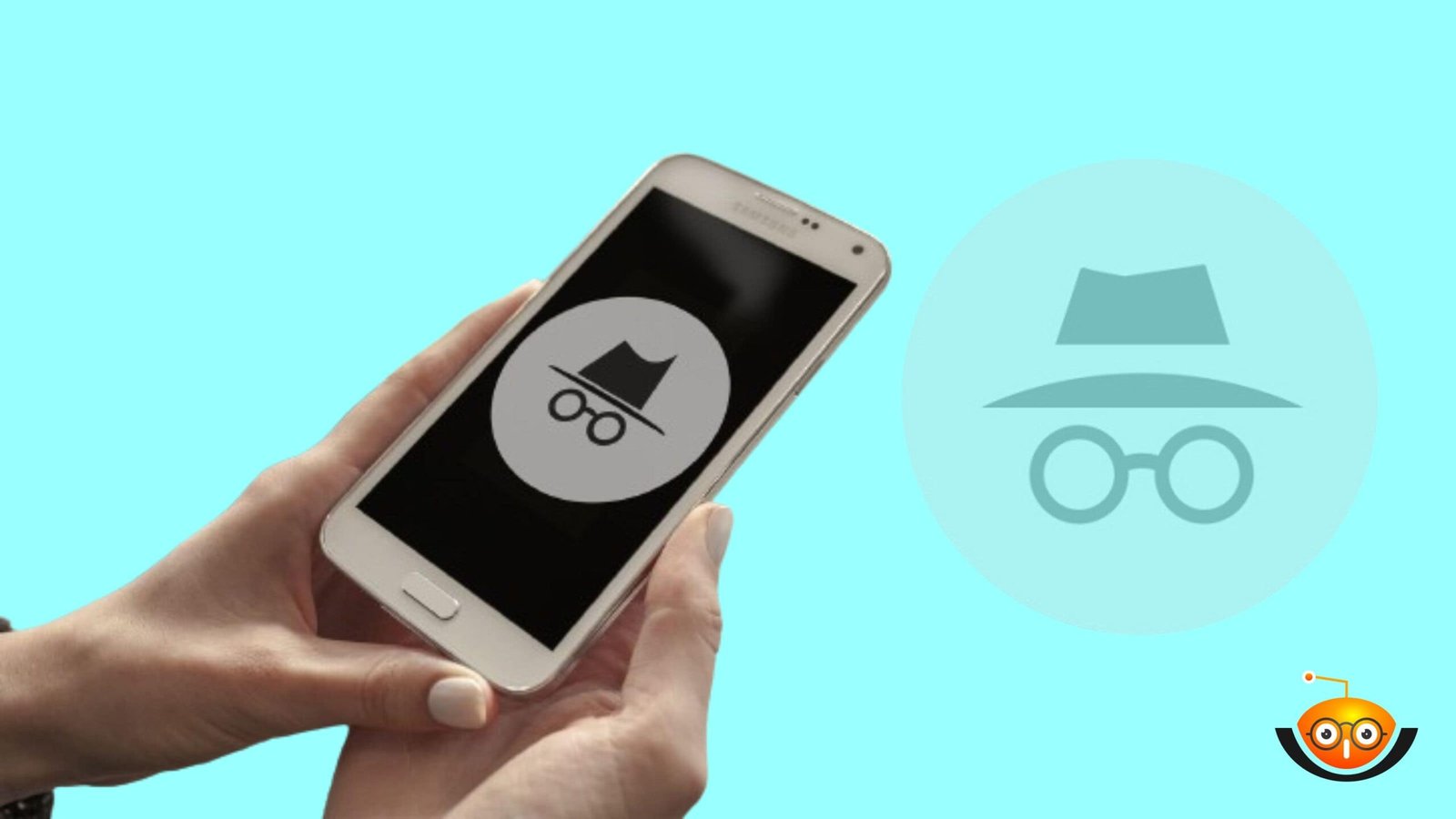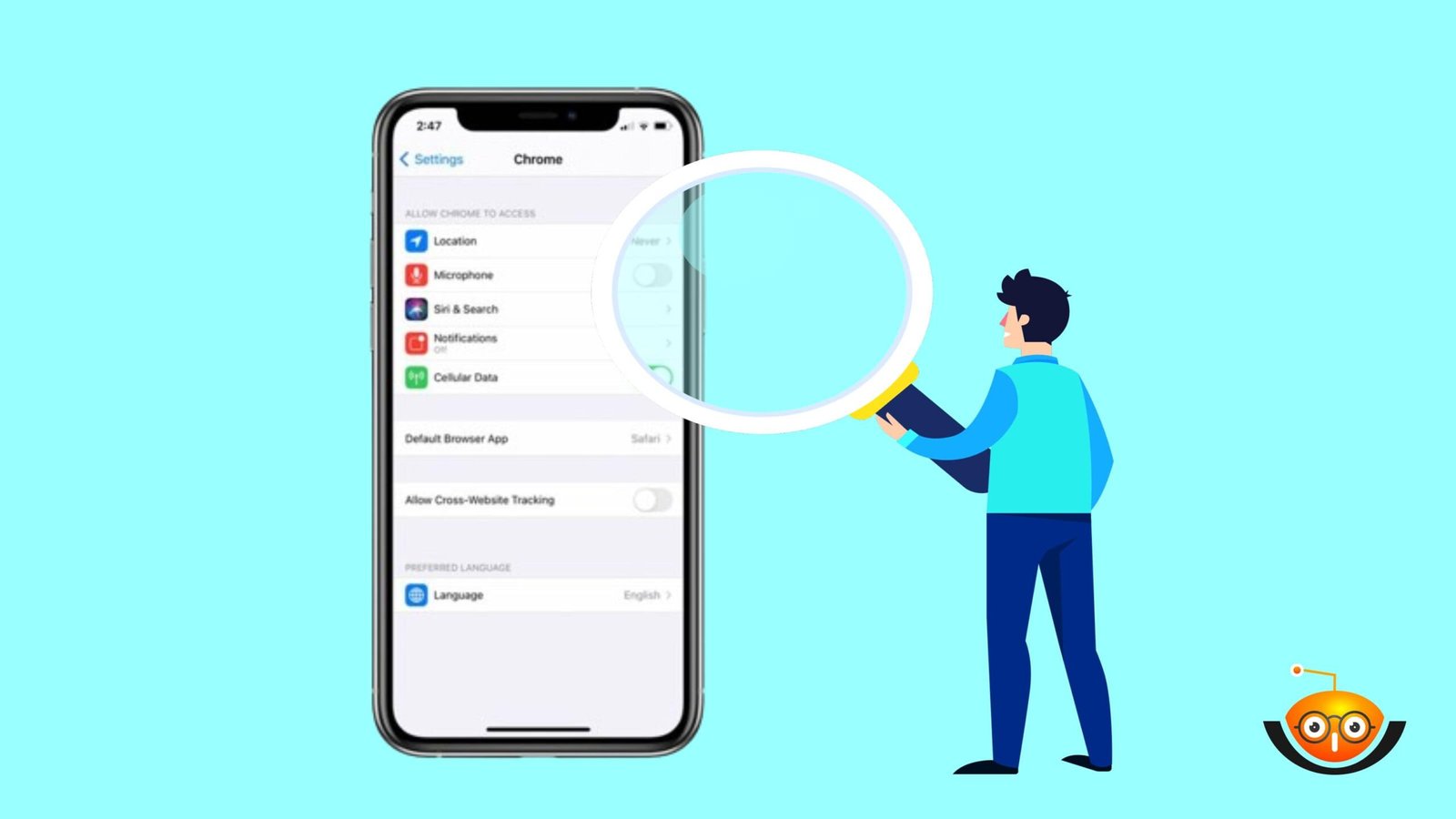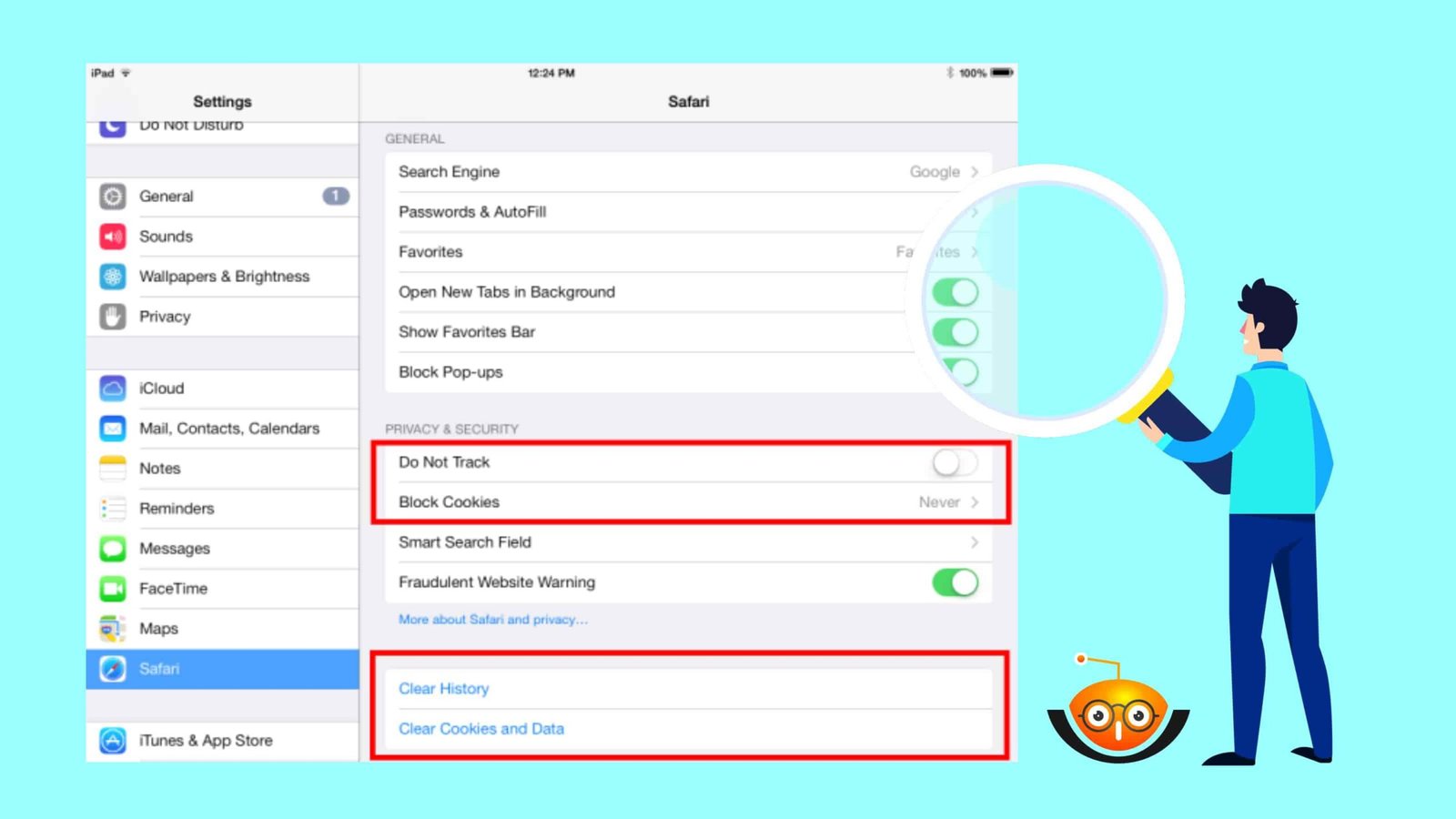View iPhone Incognito History: Expert Tips
Unlocking the mysteries of iPhone Incognito History can be both intriguing and complex. While the incognito mode offers privacy, accessing its history presents challenges due to the iPhone’s security measures. In this guide, we’ll explore various methods and considerations for viewing incognito history on your iPhone, navigating through built-in settings, potential risks of jailbreaking, and exploring cloud backups.

The Privacy Quandary
However, it is important to recognize that while being undercover grants the feeling of privacy by not saving history or cookies, there are still some things one should know about its limits. Even though your local device does not keep the information, you can be tracked on the net by your internet service provider (ISP), visited websites, and any system administrators as well. Additionally, this method does not protect from viruses or fishing attacks; neither does it prevent an employer’s monitoring or school’s if they control the network — all these notwithstanding its being partially private and not completely secure too; thus, a user must be careful when using such mode while surfing.
The Challenge of Viewing iPhone Incognito History
Why is it Difficult?
It is challenging to view incognito history on an iPhone because of strict security measures set up in iOS. Apple has always prioritized users’ privacy and protected their data accordingly, making access to private browsing data stored under cover almost impossible for either the user or any third-party apps.
iOS Security Measures
For starters, iOS is known for having strong safety precautions like encryption plus sandboxing methods that confine access to user data within authorized boundaries only. These features also apply when dealing with Safari’s secret mode, hence making direct recovery of web surfing records from phone storage impossible.
Limited Access to Private Data
Safari prevents access to personal files while in incognito since none of them get saved locally – no cookies, no site data other than what’s necessary for page rendering etcetera will ever touch your device when using this feature. This might seem great as it enhances individual confidentiality alongside protection against various threats, but at the same time makes finding out about incognito history quite tricky because there are little or no traces left behind on iPhones showing what pages were browsed through during that period.
Exploring Possible Solutions: View iPhone Incognito History
1-Built-in iPhone Settings to View iPhone Incognito History.
An iPhone has settings that help to control different aspects of browsing through Safari, particularly with privacy settings. Here are the steps to follow:
Stage 1: Open Settings on your iPhone by tapping its image arranged on the home screen.
Step 2: Open Safari Settings by peering down in the overview until you find “Safari,” and then tap it a short time later.

Explore Privacy Options: Within Safari settings, users can explore various options related to privacy and security. This includes options to manage browsing history, cookies, and website data.
Manage Browsing History: Users can review and manage their browsing history settings within Safari settings. While this primarily affects regular browsing sessions, users may find options to adjust privacy settings that could potentially impact incognito mode.
Consider Privacy Implications: It’s essential to consider the privacy implications of adjusting settings within Safari. While users may attempt to manage or retrieve incognito history through these settings, they should be mindful of privacy concerns and ethical considerations.
By exploring the built-in settings on their iPhones, users can gain more control over their browsing experience and potentially find ways to manage or access incognito history within Safari.
2-Safari Settings Overview to View iPhone Incognito History
To view incognito history on your iPhone, you can explore Safari settings to see if there are any options available to manage or retrieve browsing data from incognito mode. Here’s an overview of Safari settings:
Open Settings: Tap on the “Settings” application symbol on your iPhone’s home screen to open it.
Explore Safari Settings: Look down and find the “Safari” choice in the Settings menu. Tap on it to get to Safari settings.
Review Privacy Options: Within Safari settings, you’ll find various options related to privacy and security. While these settings primarily affect regular browsing sessions, there may be options to adjust privacy settings that could potentially impact incognito mode.

Manage Browsing History: Look for browsing history settings within Safari settings. While Safari doesn’t typically store browsing history in incognito mode, there might be options to manage or retrieve data related to private browsing sessions.
Consider Privacy Implications: When adjusting settings within Safari, consider the privacy implications. Attempting to access or retrieve incognito history may conflict with the purpose of private browsing and raise ethical concerns regarding user privacy.
Advanced Methods for Tech-Savvy Users
3-Jailbreaking: A Risky Endeavor to View iPhone Incognito History
Unlocking your iPhone to view secret history is dangerous. According to many reports, jailbreaking is known as exploiting iOS vulnerabilities to gain unapproved entrance, which can nullify warranty, compromise safety, and cause instability. Furthermore, tools used during this practice are often unreliable, which may expose devices to malware, among other threats, making them susceptible. Because of these potential risks and consequences, it is not recommended.
The Meaning of Jailbreaking
What does bypassing mean? You can avoid certain restrictions on iOS imposed by Apple or anyone else who might want control over what apps should be installed on their device.
Risks and Consequences
There are a number of risks associated with jailbreaking an iPhone, including voiding warranties and compromising security and stability systems. Another thing about it is that when you jailbreak your iPhone, it becomes open to any malware attack since,, most times, these applications lack reliability. Hence, they easily expose one’s phone to viruses and other types of malicious programs, which can lead to stealing personal information from users’ devices like passwords, credit card numbers etcetera thus putting them at more risk than before. Such things must always be remembered before deciding whether or not someone wants to do this thing with their own iPhone.
4-Cloud Backup Exploration to View iPhone Incognito History
Exploring cloud backups presents another avenue to view iPhone incognito history potentially. Cloud backups, such as those offered by iCloud, store copies of device data, including browsing history, which may be accessible through the backup.

iCloud Backup Considerations
iCloud backups capture a snapshot of your iPhone’s data, including Safari browsing history, cookies, and other browsing-related information. By examining iCloud backups, users may uncover the incognito history that was saved before the browsing session ended.
Viewing Incognito Data from Backup
Users can access their iCloud account settings and review available backups to explore incognito history through iCloud backups. However, it’s important to note that iCloud backups are encrypted for security purposes, and accessing specific data may require restoring the backup to a device, potentially overwriting existing data.
Conclusion:
Accessing incognito history on an iPhone is challenging due to security measures and privacy features. While methods like built-in settings, jailbreaking, and cloud backups exist, they come with risks and ethical considerations. Users should prioritize privacy and responsible browsing practices, understanding the potential consequences of their actions. Ultimately, respecting privacy is paramount in navigating the digital world.











